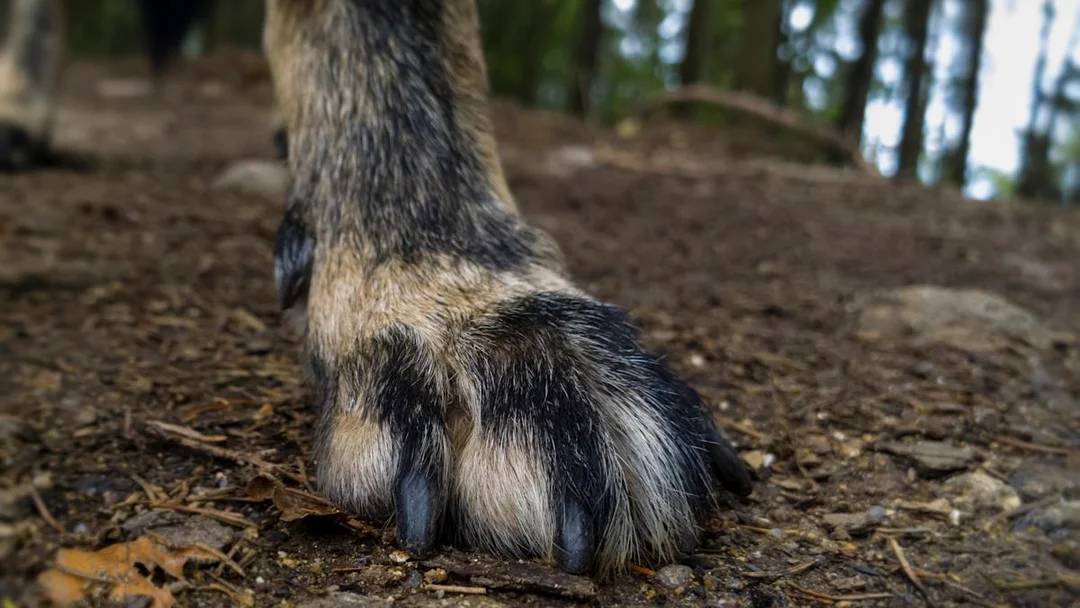
Rekindling Hope: Rare Dragon Species Rediscovered With Canine Help
In a remarkable turn of events, scientists have rediscovered a rare reptile species thought to be extinct thanks to the nose of a specially trained dog. This compelling story highlights the intersection of technology, human effort, and animal intelligence in conservation.
Daisy, a wildlife detection dog, has recently made headlines after finding her first Victorian grassland earless dragon in Australia after years of intensive training and searching. Once assumed to be lost to history, these critically endangered reptiles had not been sighted for around 50 years until their remarkable rediscovery in 2023. As noted by the Guardian, Daisy and her canine partner, Kip, have discovered at least 13 individual dragons during their mission.

The task facing these remarkable dogs and their human handlers is made all the more challenging by the fact that fewer than 200 of these unique creatures are believed to exist in the wild. These elusive dragons often take refuge in spider burrows or beneath rocks, making them incredibly difficult to spot. Emma Bennett, a detection-dog trainer and researcher, emphasized the dogs' keen sense of smell, which can uncover what is hidden from plain sight.
Dr. Nick Rutter, who trained Daisy, described discovering her first dragon as one of the highlights of his career, conveying an "overwhelming cascade of joy" at the sight of the beautifully banded lizard. His appreciation of the species not only reflects a scientific triumph but also taps into a deeper emotional connection to the struggles of endangered wildlife.
The Victorian grassland earless dragon is facing an uphill battle for survival as only about 0.5% of its natural habitat remains due to residential and agricultural encroachment, combined with the increasing toll of climate change. Despite these daunting challenges, Jane Melville, a curator at the Museums Victoria Research Institute, champions the resilience of these small creatures, suggesting they are a symbol of nature's enduring spirit even in adversity.
<p Dotted throughout this narrative is the cooperative endeavor of humans and dogs, showcasing an inspiring interspecies partnership. Detection dogs are becoming invaluable allies not only in the quest for rare animals but also in a broader conservation context, helping to combat viruses, track disease-carrying organisms, and survey wildlife.As Dr. Rutter and his team train more dogs and extend their search efforts, there lies a glimmer of hope not only for the Victorian grassland earless dragon but for other species that share similar fates. In a time when wildlife faces unprecedented threats, their story serves as a hopeful reminder that sometimes, our best allies in conservation are not just fellow humans.
What are your thoughts on the use of detection dogs in wildlife conservation? Join the conversation and leave your comments below!